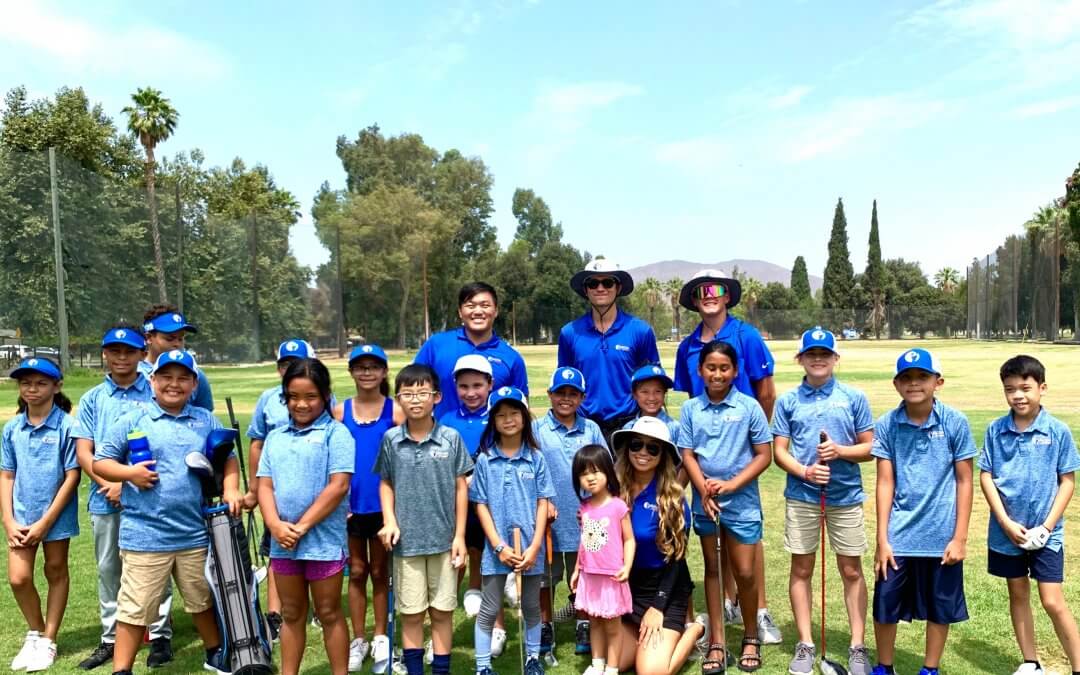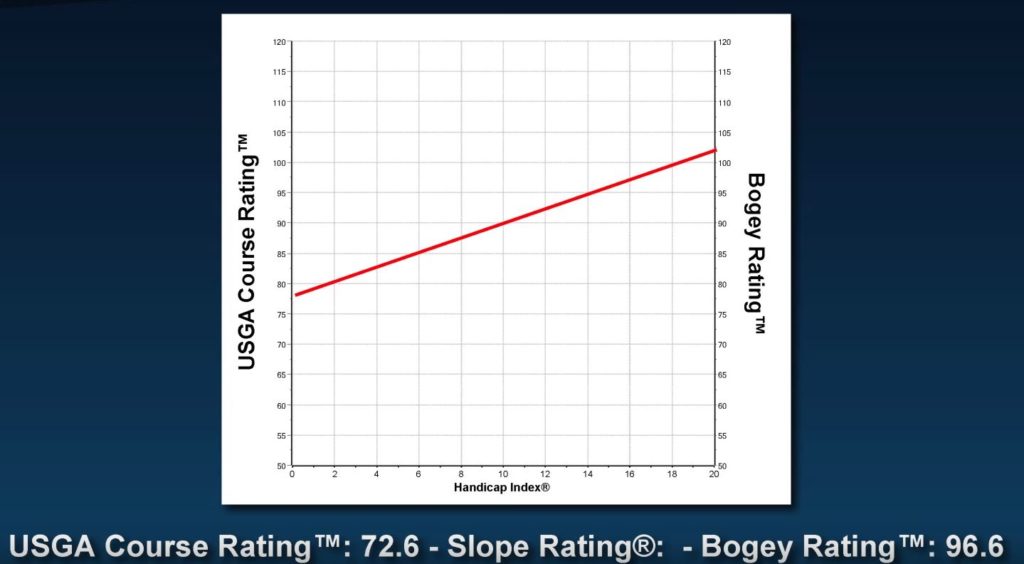Even if you play golf on a regular basis, there’s a good chance you’re not a member or have even heard of a golf association. You may be vaguely familiar with some services they provide; maybe you have an idea of what a Handicap Index is but don’t think you need one, maybe you’ve seen those strange numbers on a scorecard and wondered what they mean, or maybe you’ve seen an association logo on the tee marker at your local course. If this sounds like you, what you may not realize is that, member or not, your local golf association (like the SCGA) is working behind the scenes to keep golf alive in your community in major ways:
Build strong golf communities
Most people hear the term “golf club” and think it only applies those sticks you use to whack a golf ball around. What you’d be forgetting about is the over 1,500 groups of golfers, ranging anywhere from 10 to thousands of members, that are the lifeblood of amateur competitive golf. There are private and public clubs, men’s, women’s and co-ed clubs, clubs with home courses and clubs that travel to different courses each month; however you like to play, there’s a group of likeminded golfers waiting for you to join them (and if not, you can always start your own). The SCGA provides unparalleled access to roster management, membership payment, and tournament management software to help our club officials focus on what they do best: host incredible golf events.
Promote equitable competition for golfers of all skill levels
Not all golfers were created equal, which is why the World Handicap System exists. Keeping a Handicap Index allows you to compete equitably with golfers of any skill level. The only way to keep the most trusted Handicap Index around is to join a golf club authorized under the SCGA (or another regional golf association if you’re unfortunate enough not to live in SoCal).
Evaluate the difficulty of each course
Just like golfers, you know that not all golf courses were created equal either. The only way the World Handicap System can work is if your Handicap Index updates based on the course and set of tees you’re playing from. Thankfully, regional golf associations have a dedicated team that makes thousands of evaluations at every course in the region to calculate the Course Rating. You can also get a sense for how difficult a course you’ve never stepped foot on before will play and use that to gauge which tees to play (hint: you don’t always have to play the back tees).
Crown champions
Think you can qualify for the U.S. Open or cement yourself as one of the elite amateur golfers in your region (or even the country)? The road starts with a local qualifier. And if that doesn’t sound like you, there’s also a plethora of net events where you can compete based on your Handicap Index. The SCGA has a year-round schedule of qualifiers, championships, one-day events, and leagues for golfers of all skills.
Protect the game from potential threats
The SCGA regularly works with state regulatory agencies, municipal governments and local agencies to ensure that golf is represented where decisions affecting its fate are made. Most recently, our Governmental Affairs team spent countless hours prior to and during the beginning of the COVID-19 pandemic positioning golf as an essential and safe outdoor activity, allowing it to be among the first activities to return following the shutdown. Additionally, the SCGA is the largest contributor to the California Alliance for Golf, which protects, preserves and defends the interests of the game in Sacramento, and it is among the largest supporters of turf research at UC Riverside.
Keep golf courses green
The game of golf wouldn’t exist in Southern California without the abundance of courses in the region, so it’s imperative that we work with local courses to help keep them viable and sustainable. Fighting alongside the greater golfing community, we’ve helped keep a number of public courses open when threatened with closure to reallocate the land. The SCGA helped steer a greater percentage of municipal greens fees toward capital improvement projects necessary to maintain quality public golf courses, and it has fought to retain affordable junior and senior access. Also, Golf & Water Task Forces brought the golf industry and public utilities together to reduce the game’s water consumption enabling them to weather the “great drought” unscathed.
Provide access for the next generation of golfers

Growing the game is also a passion to which SCGA brings purpose through SCGA Junior, a positive youth development program. SCGA Junior programs provide youth with mentored golf outings, opportunities for college scholarships and—at six golf courses in the heart of LA’s urban core—an affordable instruction program. Underwritten by the annual dues from members, the SCGA Junior Golf Foundation has subsidized more than 525,000 buckets of balls and 350,000 rounds of golf, awarded $3 million in college scholarships, and served 28,500 juniors across Southern California.
If any of these ideas resonate with you and you want to join the ranks of 170,000 SCGA members, we’d love to have you. If not, no hard feelings; just know that we’ll continue working for you because at the end of the day, we love the game as much as you do.









